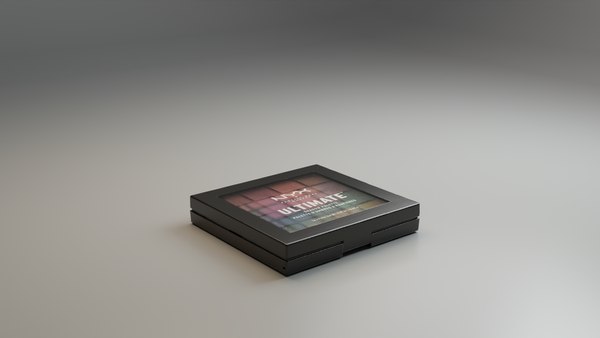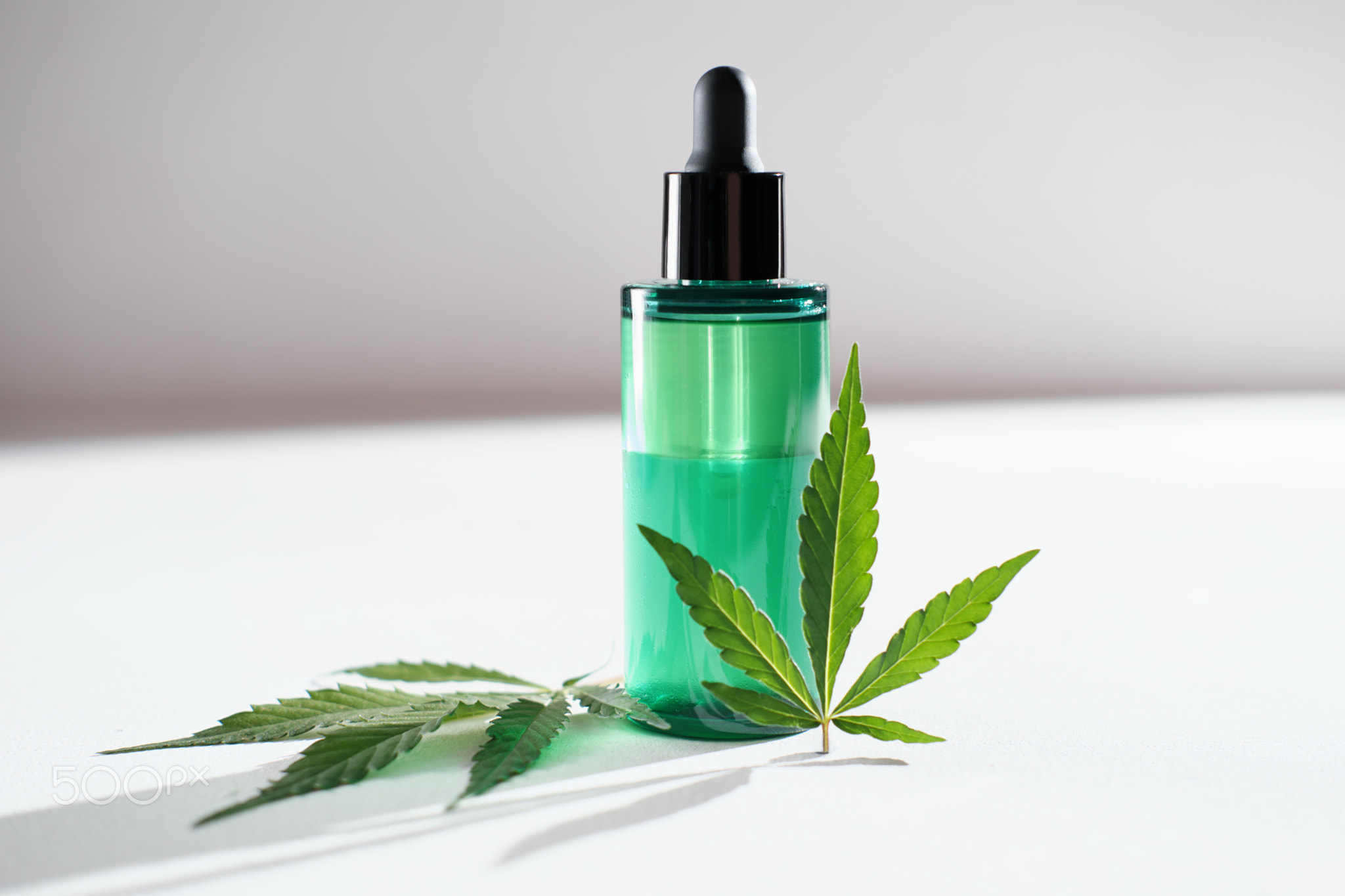 The lack of readily obtainable details about cosmetic ingredients that Dr. Borum skilled first-hand along with her affected person led researchers to identify the highest beauty firms within the United States and subsequently go to the official webpage for every firm and seek for “gluten” and “gluten free” to determine products specifically manufactured without gluten. Additionally, the elements for every cosmetic have been additionally researched using an impartial web site. Only two of the highest ten beauty companies in the United States supplied detailed ingredient data, however no gluten sources had been identified, based on the study. The unbiased web sites offered ingredients from 5 companies — but no gluten sources had been identified. Ingredient information was unavailable for 4 firms and none of the beauty corporations particularly supplied gluten-free beauty options, in keeping with the research findings. This document is topic to copyright. Apart from any truthful dealing for the aim of private examine or analysis, no half could also be reproduced without the written permission.
The lack of readily obtainable details about cosmetic ingredients that Dr. Borum skilled first-hand along with her affected person led researchers to identify the highest beauty firms within the United States and subsequently go to the official webpage for every firm and seek for “gluten” and “gluten free” to determine products specifically manufactured without gluten. Additionally, the elements for every cosmetic have been additionally researched using an impartial web site. Only two of the highest ten beauty companies in the United States supplied detailed ingredient data, however no gluten sources had been identified, based on the study. The unbiased web sites offered ingredients from 5 companies — but no gluten sources had been identified. Ingredient information was unavailable for 4 firms and none of the beauty corporations particularly supplied gluten-free beauty options, in keeping with the research findings. This document is topic to copyright. Apart from any truthful dealing for the aim of private examine or analysis, no half could also be reproduced without the written permission.
Authored by the private Care Products Council (the Council), the trade association for the beauty and private care industry, the International Cosmetic Ingredient Dictionary and Handbook gives a complete listing of ingredients used in beauty and private care products for the good thing about shoppers, the U.S. Food and Drug Administration (FDA), and manufacturers. The mixed dictionary/handbook incorporates greater than 13,000 International Nomenclature Cosmetic Ingredient (INCI) labeling names for the United States, the European Union, and different nations. These are cross-referenced to practically 60,000 commerce and technical names and 3,000 suppliers from 91 countries. The need for uniformity in cosmetic ingredient nomenclature has been recognized in countries world wide. There are numerous advantages to a uniform system of labeling names for cosmetic ingredients, together with the consistency and transparency offered to customers as ingredients are identified by a single labeling identify whatever the national origin of the product. Scientists and dermatologists are additionally ensured that information will probably be referenced by a uniform title, eliminating the potential for confusion or misidentification from using multiple names for a similar materials. The primary edition of the Cosmetic Ingredient Dictionary was published in 1973 and was cited by the U.S. Food and Drug Administration as the primary supply of ingredient names for the FDA regulation requiring beauty ingredient labeling (U.S. In addition to ingredient names, the dictionary additionally includes information on the chemical class, capabilities and product use categories as reported to the U.S. Food and Drug Administration (FDA), when accessible. It gives data on Chemical Abstract Service (CAS) numbers, empirical formulas, and over-the-counter medicine and contains an index that cross-references Latin and common English botanical names, a Japan index that lists prohibited and restricted ingredients, an inventory of ingredients evaluated for security by the Cosmetic Ingredient Review (CIR) Expert Panel, and references to applicable EU Annexes.
However, you can start understanding elements by understanding that there are only three classes of cosmetic ingredients. Of those raw supplies, the purposeful and aesthetic modifiers are a very powerful for making the merchandise work. Claims elements are likely an important for promoting a product. With those preliminaries out of the way, let’s move on to really analyzing a cosmetic ingredient list. Listed here are the 7 simple steps. And if you are not trying to duplicate someone else’s system, you possibly can simply do the primary 5 steps. To figure out how a components is delivering the promised benefits you’ll first want to determine what those are. Within the cosmetic trade we call them claims. Read this post for a review of how I review beauty claims. Basically, you learn by the stuff written on the package deal, listing out the completely different claims and work out what claims require ingredients to make them true. For instance, a shampoo will say one thing like “gently cleans hair” or “protects hair from heat harm.” Those require some ingredient to provide the benefit, but claims like “doesn’t include parabens” or “our greatest formula” doesn’t.

Global Cosmetic Industry spoke with magnificence insiders to find out about the latest pores and skin care substances which are resonating with customers. Gabriela Meza Armenta, advertising and enterprise growth manager, Lignopure GmbH, says, “I am undoubtedly serious about the growth of multifunctional products, cosmetic ingredients and the larger position that sustainability is continuous to play in the beauty trade, which I feel go hand in hand. Armenta continues, “That being mentioned, I don’t consider simple is synonymous with nonfunctional. Quite the opposite, to me, a easy and efficient system is the epitome of innovation, performance and respect for the skin’s pH and microbiome steadiness and the atmosphere. This is also another superb point about multifunctional merchandise: the chance of making our beauty consumption more sustainable. What I imply by that is that we can cut back the need to supply so many packaging materials by utilizing fewer merchandise with just one function. Also, by not having too many merchandise, you lower the chance of not utilizing an already opened product before its expiration date.
Cosmetic merchandise must have a proven efficacy mixed with a comprehensive toxicological assessment. Before the present Cosmetic regulation N°1223/2009, the 7th Amendment to the European Cosmetics Directive has banned animal testing for cosmetic products and for cosmetic ingredients in 2004 and 2009, respectively. An growing variety of options to animal testing has been developed and validated for safety and efficacy testing of cosmetic merchandise and cosmetic ingredients. For example, 2D cell tradition models derived from human skin can be utilized to evaluate anti-inflammatory properties, or to foretell pores and skin sensitization potential; 3D human skin equal models are used to evaluate skin irritation potential; and excised human skin is used because the gold normal for the evaluation of dermal absorption. The aim of this manuscript is to provide an overview of the primary in vitro and ex vivo different fashions used in the security testing of beauty products with a give attention to regulatory necessities, genotoxicity potential, pores and skin sensitization potential, skin and eye irritation, endocrine properties, and dermal absorption. Advantages and limitations of every mannequin in security testing of cosmetic merchandise are mentioned and novel applied sciences able to addressing these limitations are offered.
Many beauty and private care merchandise comprise sure components, corresponding to palm kernel oil. Consumer demand for pure and organic personal care merchandise has elevated the demand for such uncooked supplies. Other important upcycled cosmetic ingredients market tendencies are sustainability and preference for pure components, with beauty and ingredient companies promising to include extra plant-primarily based and natural components into their beauty formulations. The demand for brand spanking new crops of botanicals used as cosmetic ingredients, in addition to the costs related to their manufacturing, processing, and packaging, might be diminished through the use of by-products. Monocultures used in the cosmetics business may be useful resource-intensive and harmful to biodiversity. Producing rose essential oils, for example, may be thought-about unsustainable as a result of it takes 5 tons of rose petals to supply 1 kilogram of oil. Although the technique of upcycling elements requires using vitality, water, and different sources, it can be achieved in a sustainable method.
 Brainlly A collection of the latest news and information from various trusted sources
Brainlly A collection of the latest news and information from various trusted sources